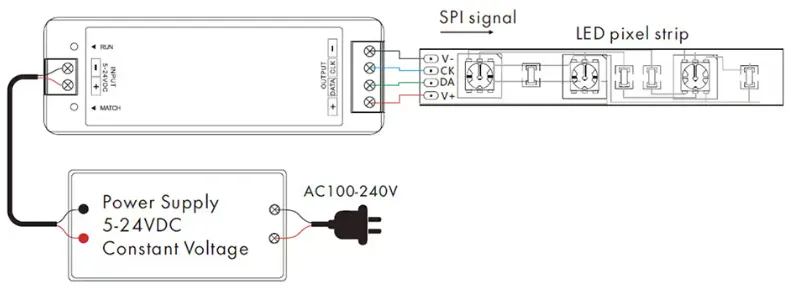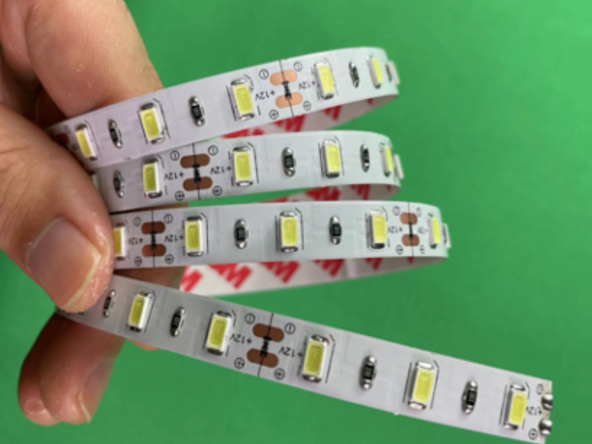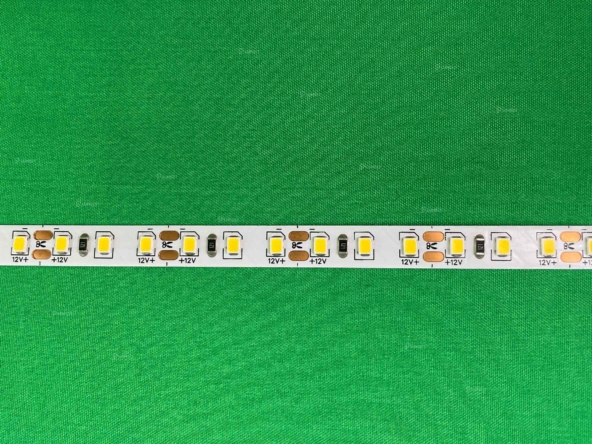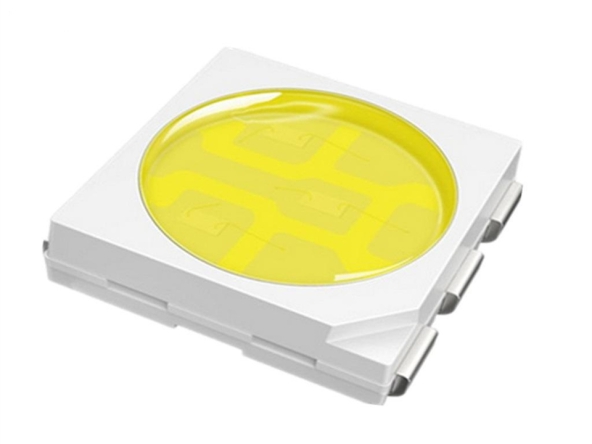What is an addressable light strip?
Single addressable LED light strips are also called digital LED light strips, pixel light strips, magic light strips or fantasy color light strips. It is an LED light strip with an IC control chip that allows you to control a single LED or LED group. Of course, you can also control specific parts of the LED strip, which is why it’s called “addressable.”
The difference between addressable LED strips and ordinary RGB LED strips
RGB light strips allow you to use one color for the entire LED light strip at a time. You can change the color of the entire LED light strip at any time, but you cannot modify local sections of the LED light strip.

Addressable LED light strips allow operators the flexibility to set different colors for different sections.

How addressable LED strips work?
Addressable LED light strips mainly consist of light-emitting diodes (LEDs), integrated circuit chips (ICs), FPCB (flexible printed circuit boards), power supplies, and controllers.

Each group of LEDs has an integrated circuit chip that controls the color and brightness changes of the group of LEDs. This is why specific groups of LEDs can be controlled individually.
Controllers used to control addressable LED strips differ from traditional RGB controllers in that they usually have data channels and some even have clock channels. Traditional RGB controllers have R, G, B, + pins corresponding to RGB light strips.
When the addressable LED strip switches power, current passes through the LEDs, causing the LEDs to light up at their default settings. If you want to show some effects, you need to set the color and brightness of the LED group in the control interface. The controller then passes the signal to the IC chips on these LEDs, which execute commands to control the color and brightness changes of the LEDs.
Types of Addressable LED Light Strips
Addressable LED light strips are divided into two categories, DMX512 addressable light strips and SPI addressable light strips.
- DMX512 addressable light strip
DMX512 stands for Digital Multiplex 512. This means 1 channel is digitally controlled via 512 data lines. DMX512 is a digital communications network standard commonly used to control lighting and effects. Originally intended as a standardized method of controlling stage lighting dimmers, prior to DMX512 it employed a variety of incompatible proprietary protocols.
The DMX512 addressable light strip is an LED light strip that directly receives the DMX512 signal without a DMX512 decoder and changes the color and brightness of the light according to the signal.
- SPI addressable light strip
Serial Peripheral Interface (SPI) is a synchronous serial communications interface specification for short-range communications, primarily used in embedded systems.
SPI addressable light strips are LED light strips that directly receive SPI signals and change the color and brightness of the light according to the signals.
SPI addressable light strips feature breakpoint recovery
Breakpoint recovery means that when only one IC fails, signals can still be passed to subsequent ICs.
Common IC models for SPI addressable light strips with breakpoint resume function: WS2813, WS2815B, CS2803, CS8812B, WS2818, TM1914, CS8208
Commonly used IC models for SPI addressable light strips with no resumption function: WS2812B, SK6812, SK9822, APA102, WS2801, WS2811, UCS1903, TM1814, TM1812, CS6816, CS6814, LPD8806




